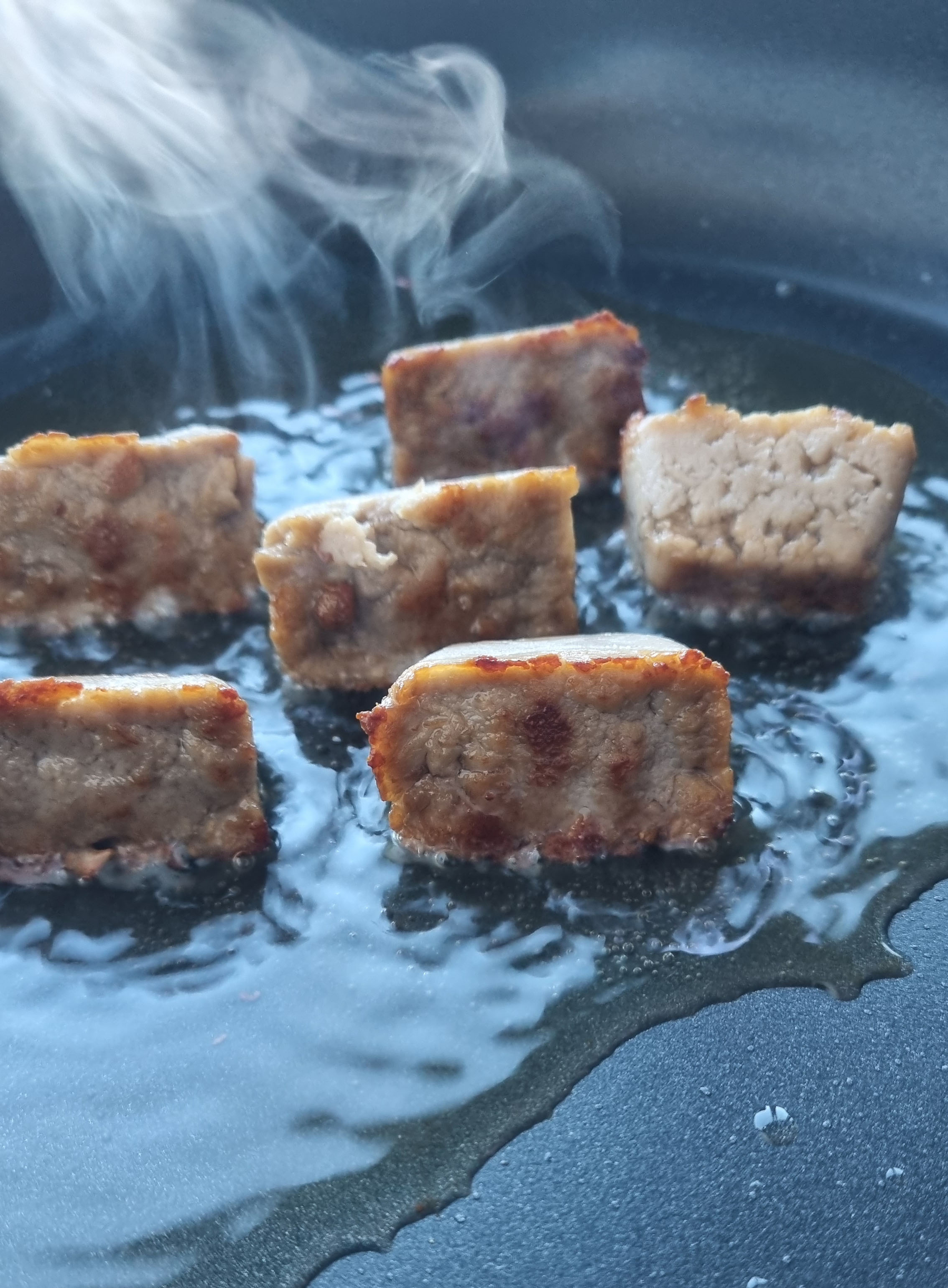Our research motivation
With an annual turnover of around € 165 billion and growth rates of 10% and more, the food industry is one of the most important branches of industry in Germany. Biotechnologically produced foods have always been of outstanding importance. In Germany, for example, around 10 billion litres of beer and around 2 billion litres of wine are consumed every year. Enzymatic or fermentative processes are also indispensable for the production of yoghurt, cheese, sauerkraut, baked goods, tempeh or soy sauce, for example. While the production of these foods is usually based on traditional experience, modern biotechnological and molecular biological methods now open up the possibility of fundamentally understanding the biochemical relationships. Based on the elucidation of metabolic pathways and the enzymes and gene clusters involved, strategies can be developed to make food safer, healthier and tastier. In view of the growing world population, climate change and the increasing competition for renewable raw materials to cover energy requirements, food must also be produced in a more resource-efficient way in the future. The ‘Biotechnology of Food & Feed Improvement Agents’ department is therefore pursuing sustainable solutions for the food and feed industry.
 Fraunhofer Institute for Molecular Biology and Applied Ecology IME
Fraunhofer Institute for Molecular Biology and Applied Ecology IME



